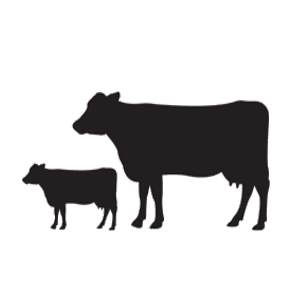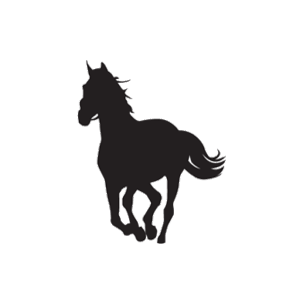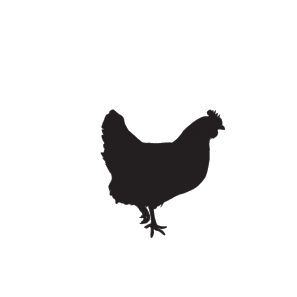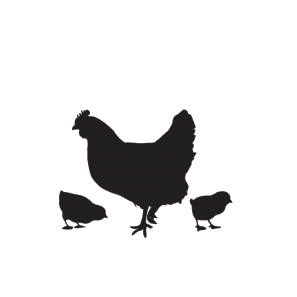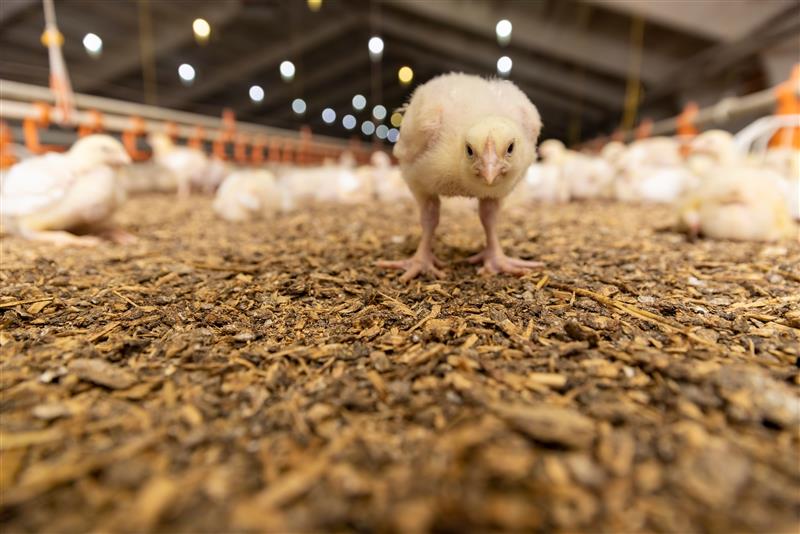By Kyle Westergaard
– Epol National Technical Manager Poultry
Proper litter management in broiler production is crucial for bird health, welfare, and overall profitability. Litter plays a crucial role in absorbing excess moisture from excreta and the environment and reducing bird contact with faeces. Maintaining dry, loose litter is essential for preventing the buildup of ammonia and pathogens, which can negatively impact bird performance and increase the risk of diseases. Good litter management also helps improve air quality and reduces condemns at the abattoir, ultimately leading to healthier flocks, better production and improved profit.
Choosing the correct bedding material is the first step towards good litter management. There are a variety of options available, such as wood shavings or sunflower hulls. Choose an option that is readily available, relatively inexpensive, and has the ability to absorb and release moisture easily. The smaller the particle size, the better for absorption. Normally, bedding depth will be roughly 5-10cm, but this may need to be increased if a material with poor absorbency is used.
It is important to manage the litter properly throughout the production cycle, targeting a moisture content of roughly 20%, because litter that is too wet or too dry can have negative consequences for health, production and your bottom line. Dry litter can be too dusty, which can potentially lead to respiratory challenges in your birds and your stockmen or women . Wet litter arises when the bedding material has become saturated, and this leads to higher ammonia levels in the house and an increased pathogen load in the litter. This can lead to welfare and production issues, such as foot pad dermatitis, increased respiratory and enteric challenges, as well as increased condemns at the abattoir.
Litter moisture is difficult to control, as the birds themselves are the greatest contributors of moisture to the litter. Broilers drink roughly twice as much as they eat and only retain roughly 20% of all water that they ingest. The rest is excreted via the faces or the respiratory tract, and all this moisture needs to be absorbed by the litter or evaporated. The litter cannot absorb all of this moisture; thus, management becomes crucial.
Adequate ventilation is crucial for good litter management. Fresh air needs to be introduced into the house and old, stale air needs to be expelled, removing moisture, CO2 and ammonia along with it. Uniform ventilation is also essential to reduce cold spots in the house, to avoid the build-up of moisture, CO2 and ammonia which will negatively affect bird distribution and uniformity. Maintenance of all equipment involved in the ventilation process is essential to ensure adequate and uniform ventilation. Damaged belts, blades and/or louvers can impact the amount of air moving through the house, potentially impacting litter and air quality.
Drinker management also needs to be monitored. In the case of nipple drinkers, water lines and water pressure need to be monitored daily to reduce spillage. For bell-drinkers, height is the most important factor because drinkers that are too high will promote birds jumping onto the rim and drinkers that are too low will likely get bumped, leading to increased spillage. If spillages occur, it is important to remove the wet litter and replace it with fresh bedding. Maintenance and cleanliness of water lines is essential to prevent leaks from faulty or blocked nipples.
In summary, to ensure good litter quality, ensure suitable bedding material is used, adequate and uniform ventilation throughout the production cycle, manage drinker systems correctly and regularly replace wet litter with fresh bedding . Good litter management leads to healthier birds, with better performance and reduced condemnation rates, ultimately improving profitability.
If you would like more information about Epol and our feeds, please contact your nearest TA




